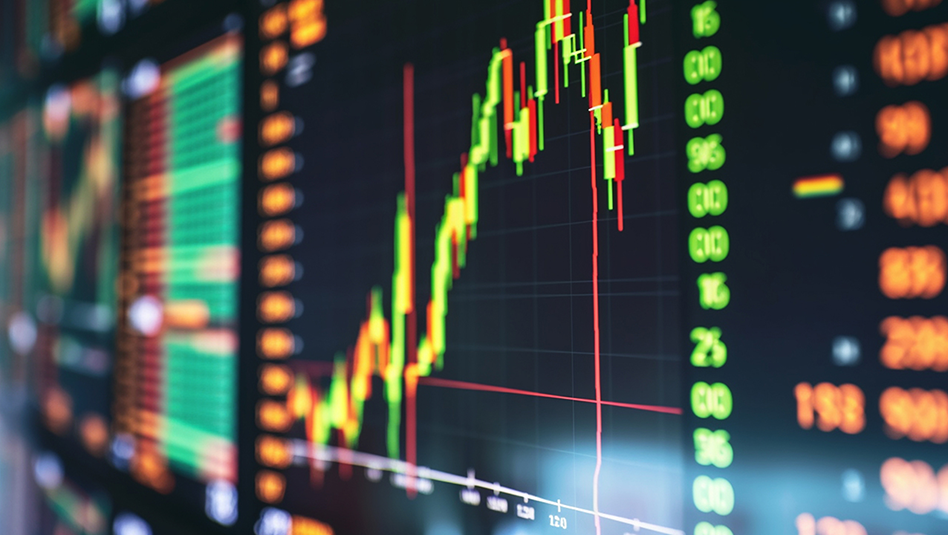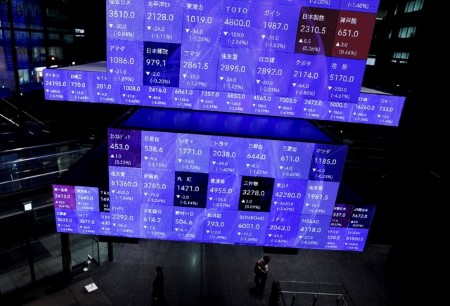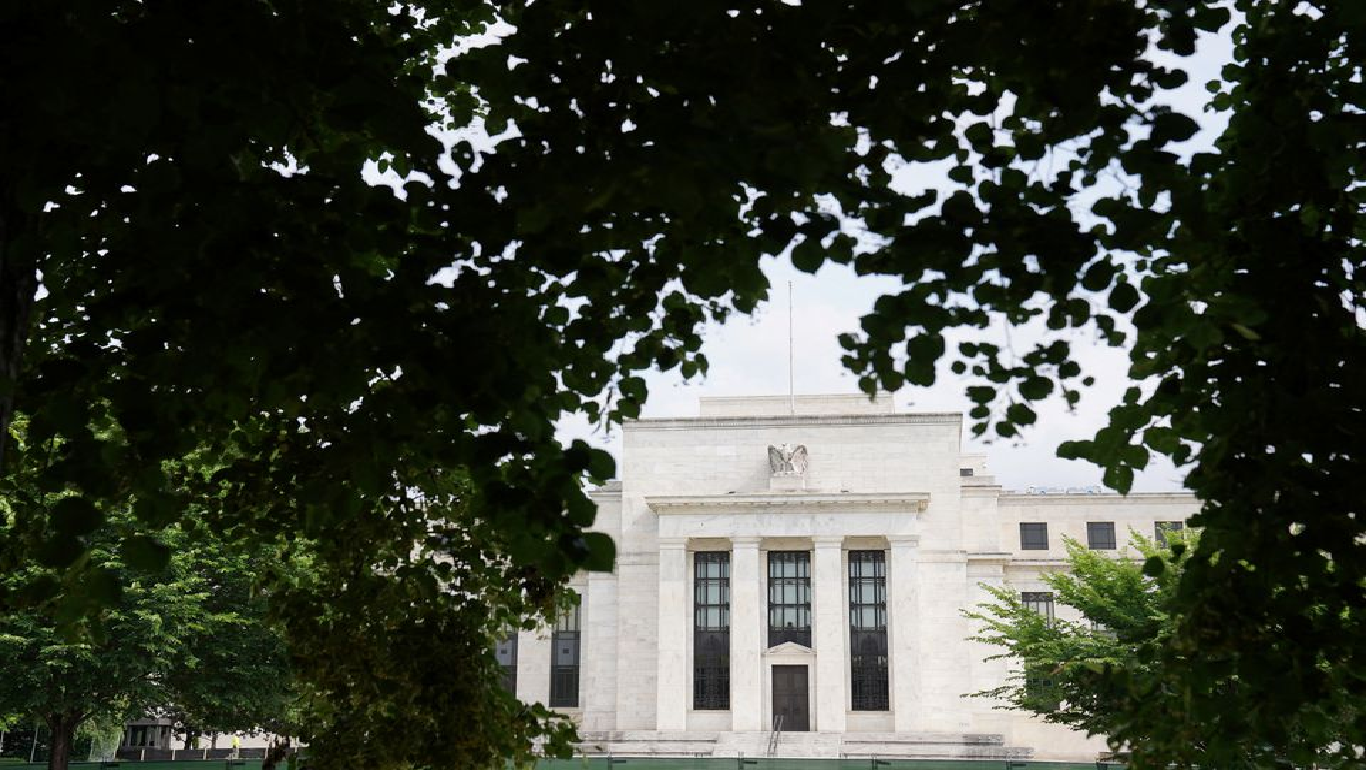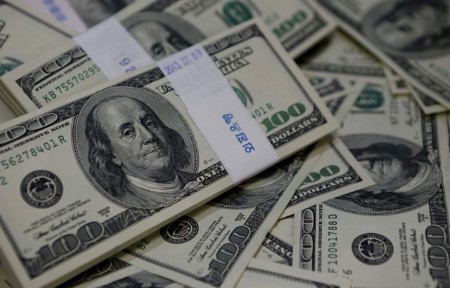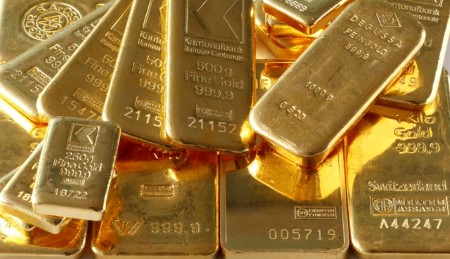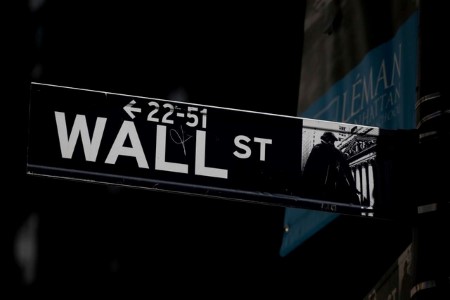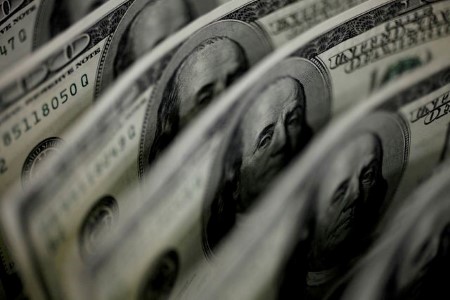Nov 10 (Reuters) – The S&P 500 and Nasdaq jumped on Thursday, racking up their biggest daily percentage gains in about 2-1/2 years, as a sign of slowing inflation in October sparked speculation the Federal Reserve might get less aggressive with interest rate hikes.
Stocks in sectors across the board surged as the latest consumer price data cheered investors worried that ongoing interest rate hikes could hobble the US economy.
One-time Wall Street darlings tarnished in 2022’s bear market were among Thursday’s strongest performers, with Nvidia, Meta Platforms and Alphabet all soaring.
The Labor Department’s data showed the annual CPI number below 8% for the first time in eight months.
“This is a big deal,” said King Lip, chief strategist at Baker Avenue Asset Management in San Francisco. “We have been calling the peak of inflation for the last couple of months and just have been incredibly frustrating that it hasn’t shown up in the data. For the first time, it has actually shown up in the data.”
Growing recession worries have hammered Wall Street this year. The S&P 500 remains down about 17% year to date, and it is on course for its biggest annual decline since 2008.
The inflation data prompted traders to adjust rate hike bets, with odds of a 50-basis point rate hike in December, rather than a 75-basis point hike, jumping to about 85% from 52% before the data was released, according to the CME FedWatch tool.
San Francisco Fed President Mary Daly and Dallas Fed President Lorie Logan welcomed the most recent inflation data, but warned that the fight with rising prices was far from over.
Amazon.com Inc surged more than 11% after the Wall Street Journal reported that the e-commerce heavyweight was reviewing unprofitable business units to cut costs.
The CBOE volatility index, also known as Wall Street’s fear gauge, fell to a near two-month low of about 23 points.
According to preliminary data, the S&P 500 gained 205.53 points, or 5.48%, to end at 3,954.10 points, while the Nasdaq Composite gained 754.48 points, or 7.29%, to 11,107.66. The Dow Jones Industrial Average rose 1,182.58 points, or 3.64%, to 33,696.52.
Some investors urged caution that Thursday’s rally may be overdone.
“The market is – as it has been a few times this year – very eager to trade a ‘Fed pivot’ … but we think the market is getting a little ahead of itself based on one print,” said Zach Hill, head of portfolio management at Horizon Investments in Charlotte.
The PHLX Housing index jumped to its highest since August after tumbling this year over concerns about higher mortgage rates denting affordability.
Rivian Automotive Inc surged after the electric-vehicle maker reported a smaller-than-expected loss, higher number of pre-orders and reaffirmed its full-year production outlook.
The Dow has now recovered about 17% from its closing low on Sept. 30, and it remains down about 9% from its record high close in early January.







 DOWNLOAD
DOWNLOAD

